
www.biorxiv.org/content/10.1...
youtu.be/QAk2ayoVF0M
#biophysics #immunology #activematter
www.science.org/doi/10.1126/...

www.science.org/doi/10.1126/...
Unlike structured organs (heart, liver), immune tissue can shapeshift to form functional structures like germinal centers (GCs), tertiary lymphoid organs, granulomas, etc.

Unlike structured organs (heart, liver), immune tissue can shapeshift to form functional structures like germinal centers (GCs), tertiary lymphoid organs, granulomas, etc.
Let’s explore a powerful and underappreciated mechanism: Directed Cell Migration (DCM).
Preprint @biorxivpreprint.bsky.social : doi.org/10.1101/2025...
👇Thread 🧵(1/11)
Let’s explore a powerful and underappreciated mechanism: Directed Cell Migration (DCM).
Preprint @biorxivpreprint.bsky.social : doi.org/10.1101/2025...
👇Thread 🧵(1/11)
Below for reference, a picture of the full hydei testis with the musculature stained (depth-coded) taken together with @saraheclark.bsky.social
#cellbio #devbio #microscopy

Below for reference, a picture of the full hydei testis with the musculature stained (depth-coded) taken together with @saraheclark.bsky.social
#cellbio #devbio #microscopy
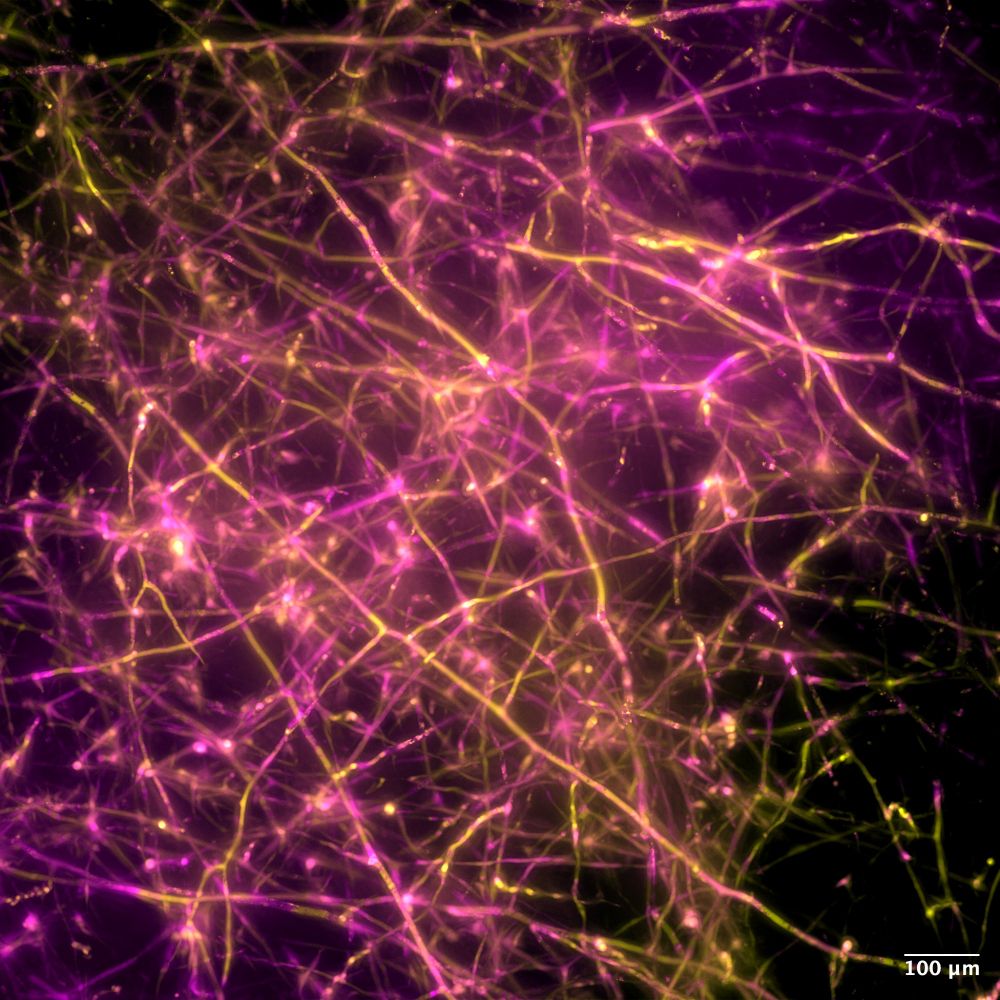

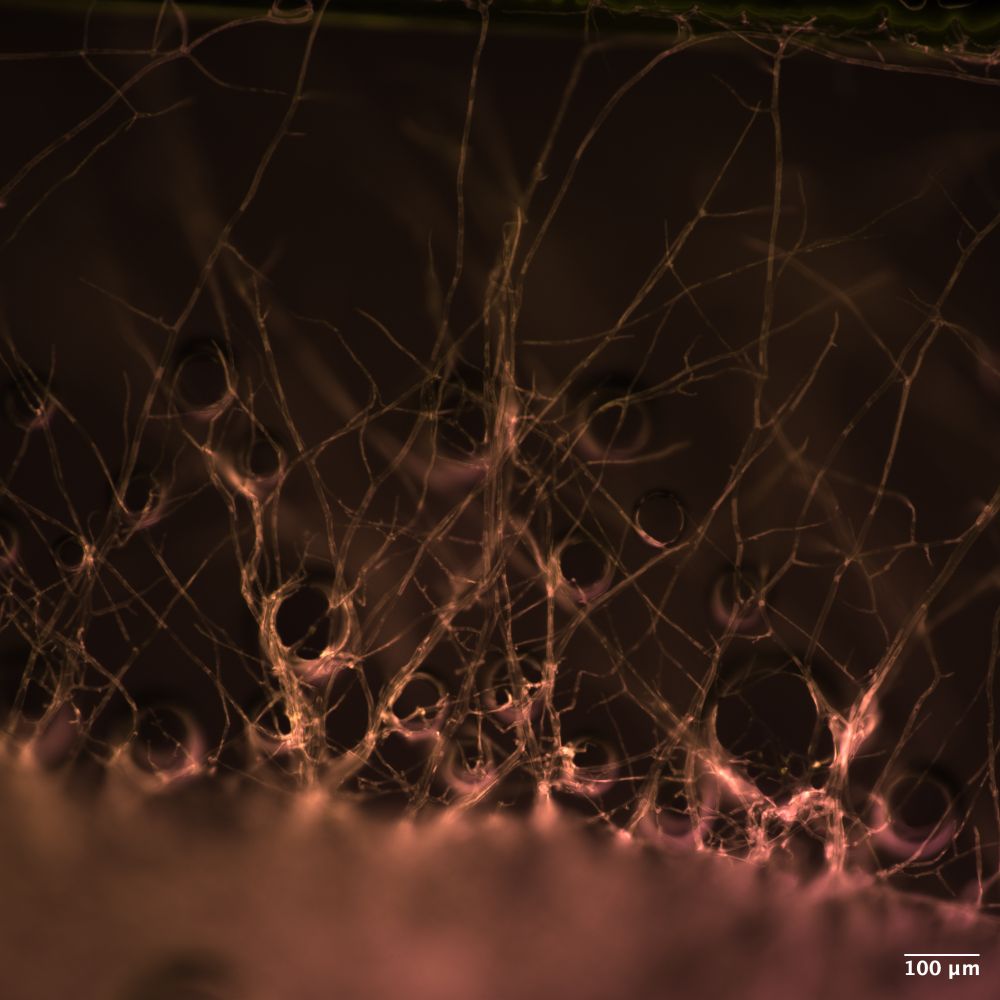

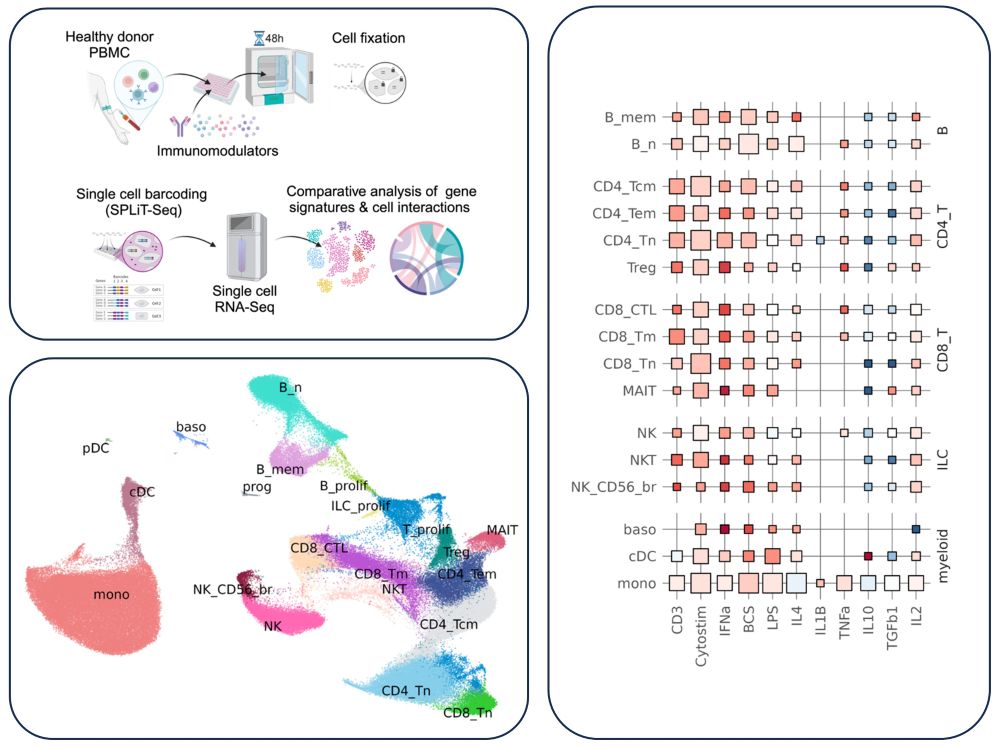
3 years of hard work, a fantastic team — and I’m proud to be first and co-corresponding author!
It's about Plexin signaling driving collective cell migration & organ sculpting. Check out the videos 😀
www.science.org/doi/10.1126/...
#DevBio #CellBio #Microscopy
3 years of hard work, a fantastic team — and I’m proud to be first and co-corresponding author!
It's about Plexin signaling driving collective cell migration & organ sculpting. Check out the videos 😀
www.science.org/doi/10.1126/...
#DevBio #CellBio #Microscopy
New Preprint by Tassara et al.!
www.biorxiv.org/content/10.1...
#FluorescenceMonday #SnoutClub 1/6
New Preprint by Tassara et al.!
www.biorxiv.org/content/10.1...
#FluorescenceMonday #SnoutClub 1/6
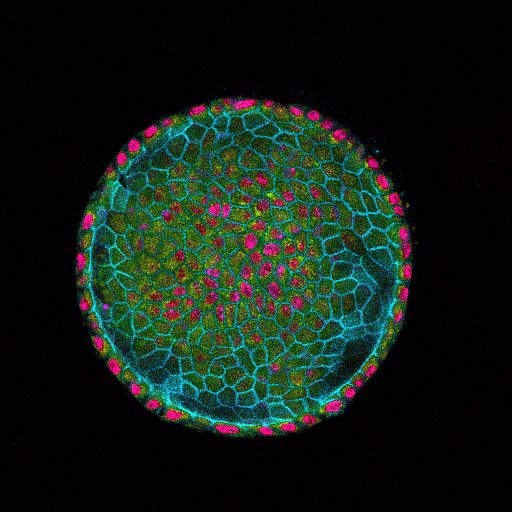
#biophysics #imageanalysis #microscopy #AI
dx.doi.org/10.1371/jour...

#biophysics #imageanalysis #microscopy #AI
dx.doi.org/10.1371/jour...
Color isn’t just style — it shapes what you see.
#MicroscopyCommunity #ScientificVisualization #Biophysics
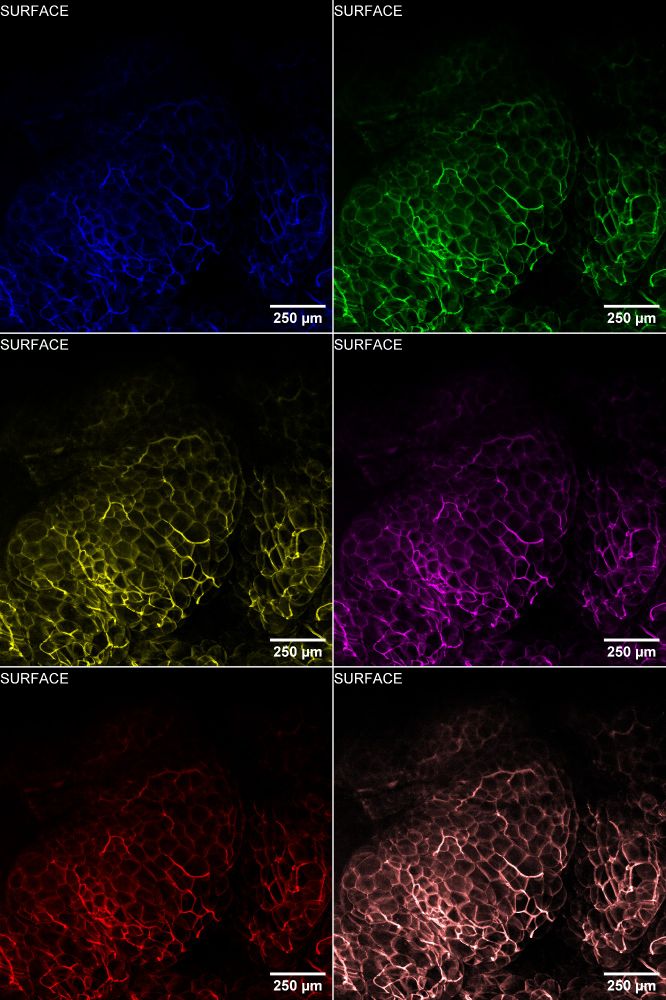
Color isn’t just style — it shapes what you see.
#MicroscopyCommunity #ScientificVisualization #Biophysics
@lblanchoin.bsky.social
@gelinmatthieu.bsky.social
#Biophysics #Cytoskeleton
@lblanchoin.bsky.social
@gelinmatthieu.bsky.social
#Biophysics #Cytoskeleton
The Variety of Testis Shapes in Pomace Fly Species
Aren't they beatiful?🌈🪰🔬
An old-school sci-poster meets modern confocal imaging!
#Drosophila testis diversity fascinated even Curt Stern (yes, the human genetics textbook guy!) back in the 1930s.
#microscopy #insects
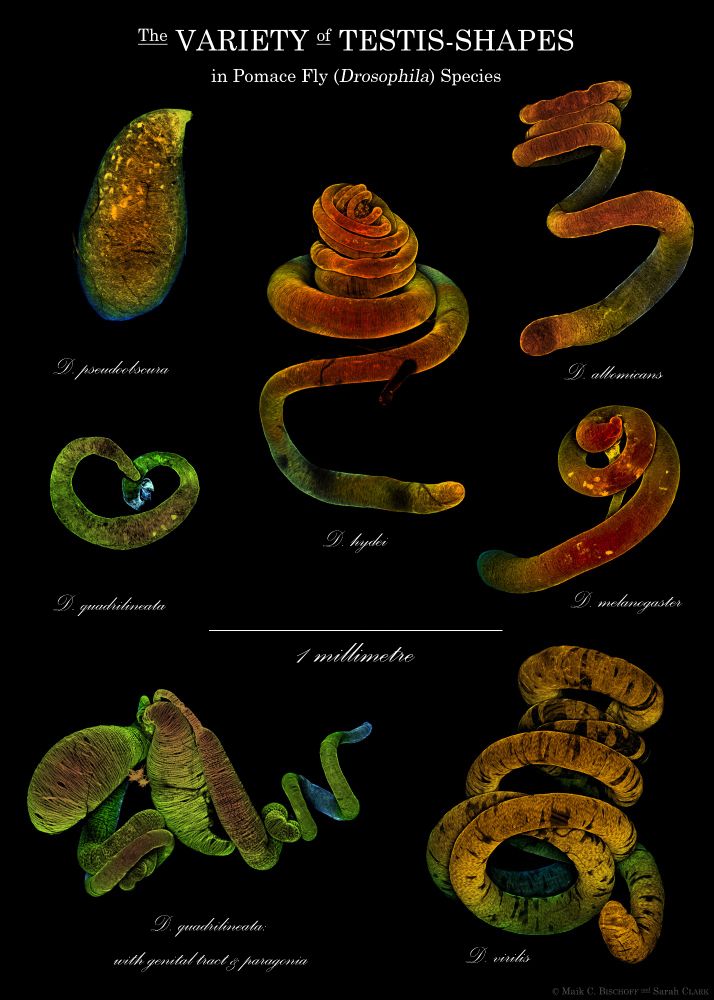
The Variety of Testis Shapes in Pomace Fly Species
Aren't they beatiful?🌈🪰🔬
An old-school sci-poster meets modern confocal imaging!
#Drosophila testis diversity fascinated even Curt Stern (yes, the human genetics textbook guy!) back in the 1930s.
#microscopy #insects
In 1986, Richard Jorgensen was trying to make a darker purple petunia to get some VC funding. So he inserted additional copies of the pigment gene into petunias.
Instead, they turned WHITE.


Check it out here: www.biorxiv.org/content/10.1...
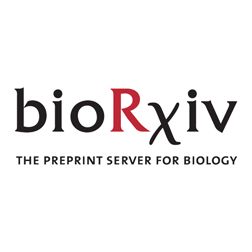
Check it out here: www.biorxiv.org/content/10.1...
8 min talk: www.youtube.com/watch?v=A7XH...
bioRxiv: www.biorxiv.org/content/10.1...
#biophysics #cellbiology

8 min talk: www.youtube.com/watch?v=A7XH...
bioRxiv: www.biorxiv.org/content/10.1...
#biophysics #cellbiology
Left shows a zoom-in on the dimmer cell.
Imaged by OPM (oblique plane microscope).
#Microscopy
Left shows a zoom-in on the dimmer cell.
Imaged by OPM (oblique plane microscope).
#Microscopy


www.science.org/doi/10.1126/...
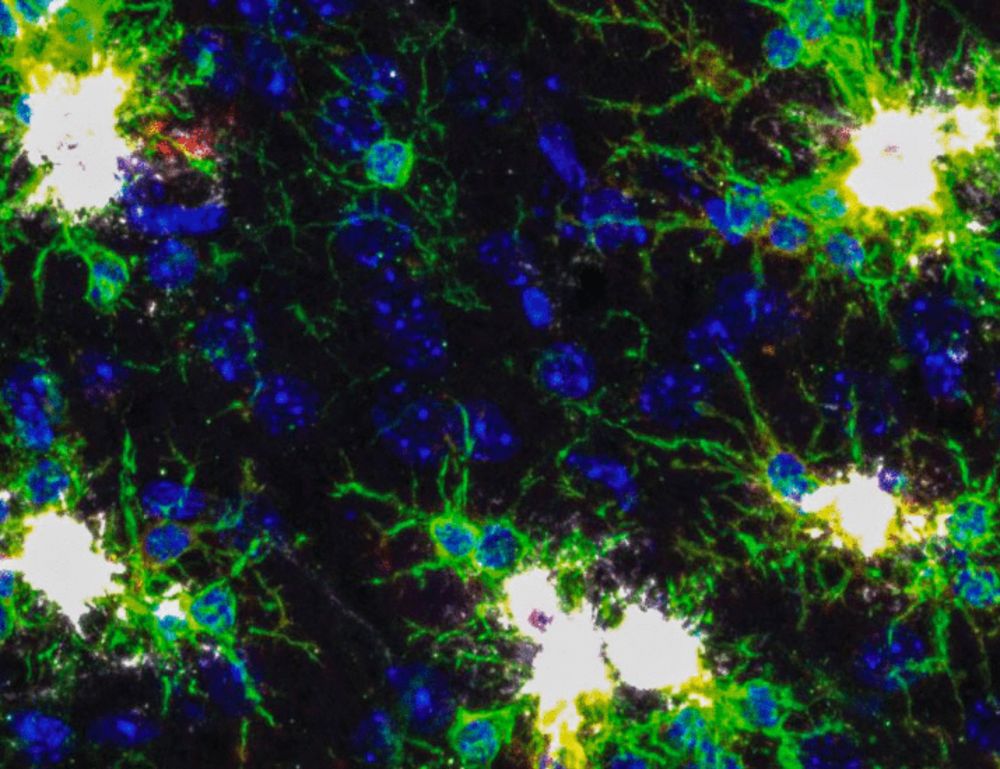
www.science.org/doi/10.1126/...
"our findings highlight IL-33 as a candidate inflammatory TLS initiator, and ILC2s as a candidate inducer, of such a pathway."

"our findings highlight IL-33 as a candidate inflammatory TLS initiator, and ILC2s as a candidate inducer, of such a pathway."

